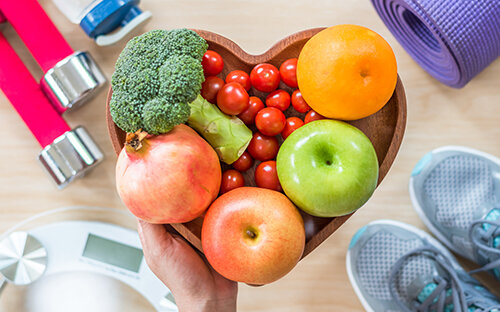THIS MESSAGE IS BROUGHT TO YOU BY COLLARD KALE 2020
#CollardKale2020
Let’s be real—life happens. There will be days that are hard, where you’ll just want to come home and relax instead of make dinner. There will be activities or practices that run late, there will be the occasional missing ingredient, and there will be times where you just don’t want to eat what you have on your meal plan.
What do you do when this happens? Stick to your pantry! Avoid making a quick trip through the drive-thru line on the way home and skip the online ordering by ensuring that your pantry is always stocked with items you can use to pull together a quick meal.
Create a list of easy-to-make meals.
Keep a list handy of meals that are not only easy to make, but are family favorites. These should be meals that everyone enjoys and that can be pulled together in under 30 minutes. These do not need to be fancy meals! It can be as simple as pasta topped with marinara sauce and parmesan cheese. Meals like rice bowls are wonderful to have on your list—you can toss whatever meat, veggies, and cheese you have on hand into your rice bowl to make a complete meal.
Looking for some great recipes to add to your list? Take a look at the collection of recipes that we have featured on our website—we know you can find plenty of recipes on here that would be perfect to add to your list alongside your tried and true favorites.
Keep your pantry stocked.
Now that you have the list of meals you know are easy to pull together at the last minute, it’s time to create a grocery list of items to keep stocked in your pantry. These are items that you’ll want to have on hand at all times and as soon as you run out, you add them back into your weekly shopping list so that you can restock as soon as possible. Trust us—you’ll thank yourself later when you’re resorting to one of your quick fix dinners and all of the ingredients are readily available in your pantry.
This goes for your freezer, too! Always keep a pack of your most commonly used meat in your freezer, along with frozen veggies, frozen sauces, and any frozen meals that you can make ahead of time and pop into the over in a hurry.
Sub in similar ingredients.
Ran out of an item you need, and you haven’t made your weekly shopping trip yet? Sub in a similar ingredient! If you were planning to make beef tacos but are out of ground beef, swap it out for ground chicken or turkey, or even sautéed vegetables for a veggie taco. In the mood for spaghetti but no pasta noodles? Spiralize those extra zucchini that you picked in your garden earlier in the week and swap those out for the regular noodles.
How do you get creative in the kitchen when you improvise your meal plan? We’d love to know your secrets! Share your tips and tricks with us by tagging @naturesgreens and #collardkale2020 in your posts and stories.













